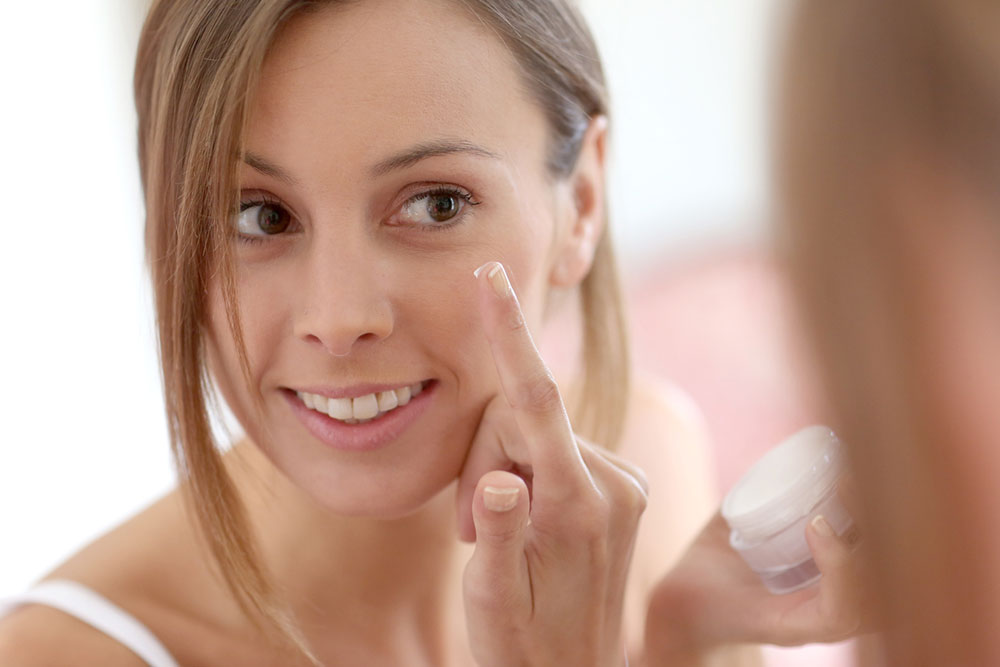Comprehensive Guide to Skin Pigmentation and Blemish Types
This comprehensive guide explores common skin pigmentation issues and lesions such as cherry angiomas, skin tags, warts, dermatofibromas, seborrheic keratosis, and sunspots. It provides insights into their causes, appearance, and when to seek medical advice. Understanding these skin conditions can help in early detection and appropriate treatment, ensuring skin health and confidence for all ages.

Comprehensive Overview of Skin Color Changes and Skin Lesions
Introduction to Common Skin Discolorations and Blemishes
Unusual or new skin markings can be concerning, both for their look and potential health issues. It’s crucial to see a dermatologist when spotting new growths. Understanding different skin blemishes can assist in deciding if medical intervention is needed.
Below are some typical skin marks you may notice in your lifetime.
What are cherry angiomas?
Cherry angiomas are tiny, bright red bumps on the skin, often called red moles.
These harmless skin growths can develop anywhere on the body. Their striking red color is due to the clumping of blood vessels.
They are also known as Campbell de Morgan spots or senile angiomas.
Usually affecting those over 30, these growths are benign and pose no health threat.
What are skin tags, and are they dangerous?
Skin tags are benign skin outgrowths that appear as soft, flesh-colored extensions that sometimes form in groups.
Generally harmless, skin tags can cause discomfort if located where clothing or jewelry cause friction.
If removal is preferred, dermatologists can easily freeze or numb them before removal.
Where do warts originate, and what causes them?
Warts are caused by human papillomavirus (HPV), which leads to benign skin growths of various strains.
The virus infects the skin upon contact, resulting in wart formation.
They can appear anywhere, especially on hands, feet, and face, and are concerning when located on genital areas.
What is dermatofibroma?
Dermatofibromas are small, firm bumps that appear as pink or brown skin spots.
They are often found on the legs and are also called cutaneous fibrous histiocytomas.
This condition can affect all ages and ethnicities, more commonly affecting women.
Benign in nature, they can be surgically removed if causing discomfort or aesthetic issues.
Is seborrheic keratosis a skin lesion?
Yes, seborrheic keratosis is a common benign skin lesion, appearing as brown, tan, or black patches.
Most visible on the face, neck, and shoulders.
Typically painless and not harmful, treatment is usually unnecessary.
What are sunspots, and what are they called?
Sunspots, also known as solar lentigines, are dark patches caused by extensive sun exposure.
They often appear on sun-exposed areas like the face, arms, chest, and shoulders, resembling clusters of dark moles.
They are not linked to skin cancer and can be avoided with sun protection practices.


